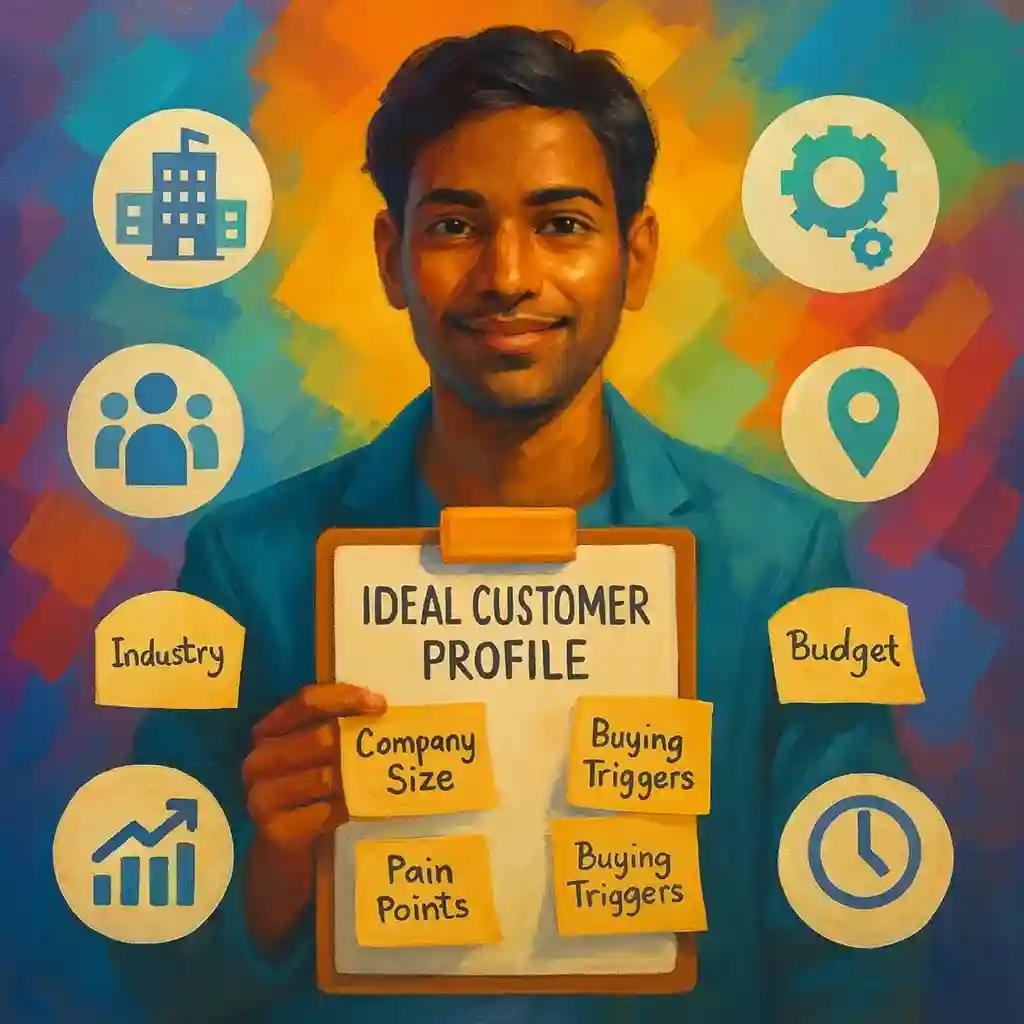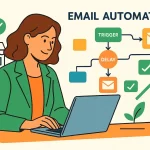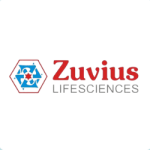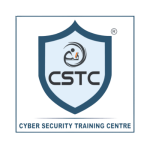Your Biggest Mistake is Missing the Foundation
Every B2B founder is fighting to stop wasting budget on cold leads and missed opportunities. I once worked with a B2B SaaS client who had spent months perfecting their buyer personas, Marketing Manager, a coffee addict who preferred morning emails, and Sales Director Sam, who hated long-form content. They knew exactly who they were targeting. But when I asked about their Ideal Customer Profile (ICP), they looked confused. “We have buyer personas,” they said. “Isn’t that the same thing?” It wasn’t. And it showed.
They were targeting the right people at the wrong companies: startups that couldn’t afford their product, and enterprises that didn’t have the problem it solved. They had nailed the individual, but missed the organization.
Personas tell you who you’re speaking to. ICPs tell you which companies are worth speaking to in the first place. Mix them up, and you waste time on prospects who’ll never convert.
In this definitive guide, I’ll break down the non-negotiable differences, demonstrate how to build both for maximum sales predictability, and provide the frameworks we use with high-growth B2B teams.

What is an Ideal Customer Profile (ICP)?
An Ideal Customer Profile (ICP) defines the perfect organization for your product or service. This is a detailed, data-driven blueprint of the company that receives the most value from what you sell and provides the highest long-term profitability to you.
The ICP is your first qualification filter, ensuring your sales team focuses only on accounts that can actually become profitable customers.
Your Core Tool: The Ideal Customer Profile (ICP) Worksheet
Start by defining the company. Use this interactive tool to outline the specific, measurable criteria for your perfect customer. This forms the foundation of all focused marketing and sales efforts.
Ideal Customer Profile (ICP) Worksheet
This profile defines the perfect company (organization) for your product or service.
The Non-Negotiable ICP Criteria (The Budget Filter)
When I help clients build ICPs, we focus on firmographics and contextual details to confirm they have the budget, scale, and pain urgency required to buy and succeed.
| Criterion | Key Data Point (Must be Measurable) | EEAT Value (Why it’s Non-Negotiable) |
|---|---|---|
| Financial & Size | Annual Revenue/Profit, Employee Size | Budget Authority: Ensures they can afford the solution. We rarely target companies below our client’s $2M annual revenue threshold. |
| Industry & Vertical | Specific Niche and Vertical | Expertise: Confirms you are the specialist who understands their specific compliance, scale, or market needs. |
| Technical Stack | List of key software/CRM and Technologies used | Seamless Integration: Proves technical readiness and prevents friction. A company relying on spreadsheets isn’t ready for advanced analytics. |
| Pain Urgency | Impact of Main Challenges and Problem Assessment Process | Sales Velocity: Measures how actively they are seeking a solution. Companies facing compliance deadlines buy faster than those optimizing for convenience. |
Case Study in Precision: Why Engagement Data Matters
Your ICP is a predictor of success. We can prove this by examining past engagement data.
Look at the difference in performance between companies that fit a strong ICP (like AP enterprise) versus those that are poor fits (like Obazag):
| Company (Filter Fit) | % Replied who read | Implication |
|---|---|---|
| AP enterprise (Likely Strong ICP) | 18.83% | High engagement proves readiness to purchase and strong message alignment. |
| Capion Global (Likely Strong ICP) | 15.79% | Strong return on outreach investment. |
| Obazag (Likely Poor ICP) | 2.20% | Wasted time and budget due to low-intent lead, likely lacking budget or pain urgency. |
By using an ICP as your first filter, your team avoids wasting time on the 9 out of 10 low-engagement prospects and focuses entirely on the few, like AP enterprise, that are clearly ready to convert.
What is a Buyer Persona?
A Buyer Persona is a detailed, psychological profile of an individual decision-maker within your ideal customer companies. While your ICP tells you which organizations to target, buyer personas help you understand the specific people you need to convince, influence, or convert.
The Persona is your guide for message personalization and anticipating objections.
Your Deep-Dive Tool: The Customer Avatar Worksheet
The best way to understand your Avatar’s world is to fill out a structured worksheet. This exercise forces you to step into their shoes and write your marketing copy from their perspective.
Customer Avatar Worksheet
Questions are full-width rows. Answer inputs use compact columns where helpful.
The Persona Criteria (The Personalization Guide)
Your buyer personas should capture the emotional, role-based, and political landscape of the person you are communicating with:
- Role and Responsibilities: What does their typical day look like and what are they accountable for? (e.g., managing editorial calendars, reporting content performance to leadership).
- Goals and KPIs: How do they measure success and what keeps them up at night?
- Objections and Concerns: What typically holds them back from making a purchase decision? (e.g., budget constraints, time to onboard new tools, or fear of compromise).
- Decision-making Authority: Can they buy independently, or do they need approval?
If you are writing a cold outreach email to a Content Team Lead, you must talk about editorial chaos. If you are talking to the CMO, you must talk about pipeline efficiency. The persona dictates the conversation.
The Ideal Customer Profile vs. Persona Framework for Success
Do you need both? Yes. They serve different, non-interchangeable purposes at different stages of your sales and marketing process.
Summary: Where Strategy Meets Outcome
| Framework | What It Filters | When to Use It | Why it Matters (EEAT) |
|---|---|---|---|
| ICP | The Company (Firmographics) | Pre-Qualification: Used for initial research on Crunchbase, LinkedIn Sales Navigator, and first-level sales calls. | Authority & Efficiency: Ensures all resources are focused on prospects that can actually pay and use your solution. |
| Persona | The Person (Psychographics) | Personalization: Used for crafting outreach messages, writing content, creating demo scripts, and anticipating objections. | Trust: Creates an immediate connection by addressing the buyer’s unique, daily pain points and role-based concerns. |
The result of using both: You focus your resources on the right companies (ICP) and connect with the right people inside them (Persona). This tandem approach transforms wasted effort into predictable revenue.















